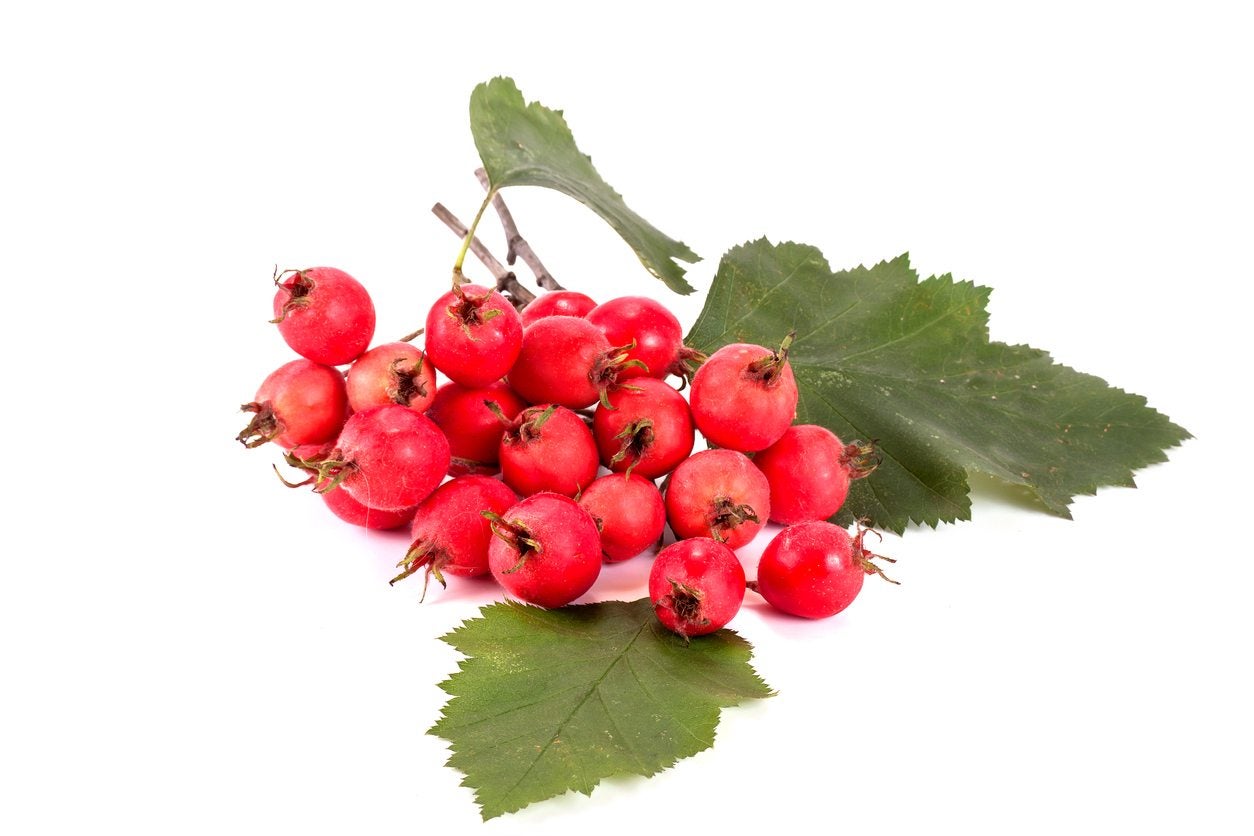Mayhaw Fruit Trees: Learn How To Grow A Mayhaw Tree


You may never have heard of a mayhaw, let alone considered growing mayhaws in your backyard. But this native tree is a species of hawthorn with edible fruit. If the idea of planting mayhaw fruit trees interests you, read on to learn more.
Crataegus Tree Information
What is a mayhaw? The scientific name for mayhaw fruit trees is Crataegus aestivalis, the same genus as the other some 800 species of hawthorn tree. The features that make the mayhaw special among hawthorns are the edible fruit they produce and their outstanding ornamental qualities. These are the primary reasons people start growing mayhaws. Mayhaw fruit trees can present as shrubs or round-topped small trees no taller than 30 feet (10 m.). They have attractive green foliage, wildly showy blossoms in early spring and clusters of brilliantly colored fruits in late spring or early summer. Before you start growing mayhaws, you need to know something about the fruit they produce. They are small pomes the size of cranberries. The pomes are very attractive, yellow to bright red and growing in heavy clusters. However, the fruits taste like crabapples and only wildlife appreciates mayhaws raw. Most gardeners only use the mayhaw fruits in cooked forms, like in marmalades, jams, jellies and syrups.
How to Grow a Mayhaw
According to Crataegus tree information, the mayhaw grows in the wild in the lower southern states. The trees grow in marshy areas and swamps, but also thrive in moist, well-draining soil. Plant this tree on well-drained soil that is slightly acidic. Allow plenty of room around the planting site when you are growing mayhaws. The trees live for a long time and can grow a very wide canopy. Your tree will probably be easier to handle if you prune it out to one trunk when it is young. Trim the branches occasionally to keep the center open to sunlight. Remember that this is a native tree and won’t require much other maintenance.
Sign up for the Gardening Know How newsletter today and receive a free copy of our e-book "How to Grow Delicious Tomatoes".

Teo Spengler is a master gardener and a docent at the San Francisco Botanical Garden, where she hosts public tours. She has studied horticulture and written about nature, trees, plants, and gardening for more than two decades, following a career as an attorney and legal writer. Her extended family includes some 30 houseplants and hundreds of outdoor plants, including 250 trees, which are her main passion. Spengler currently splits her life between San Francisco and the French Basque Country, though she was raised in Alaska, giving her experience of gardening in a range of climates.